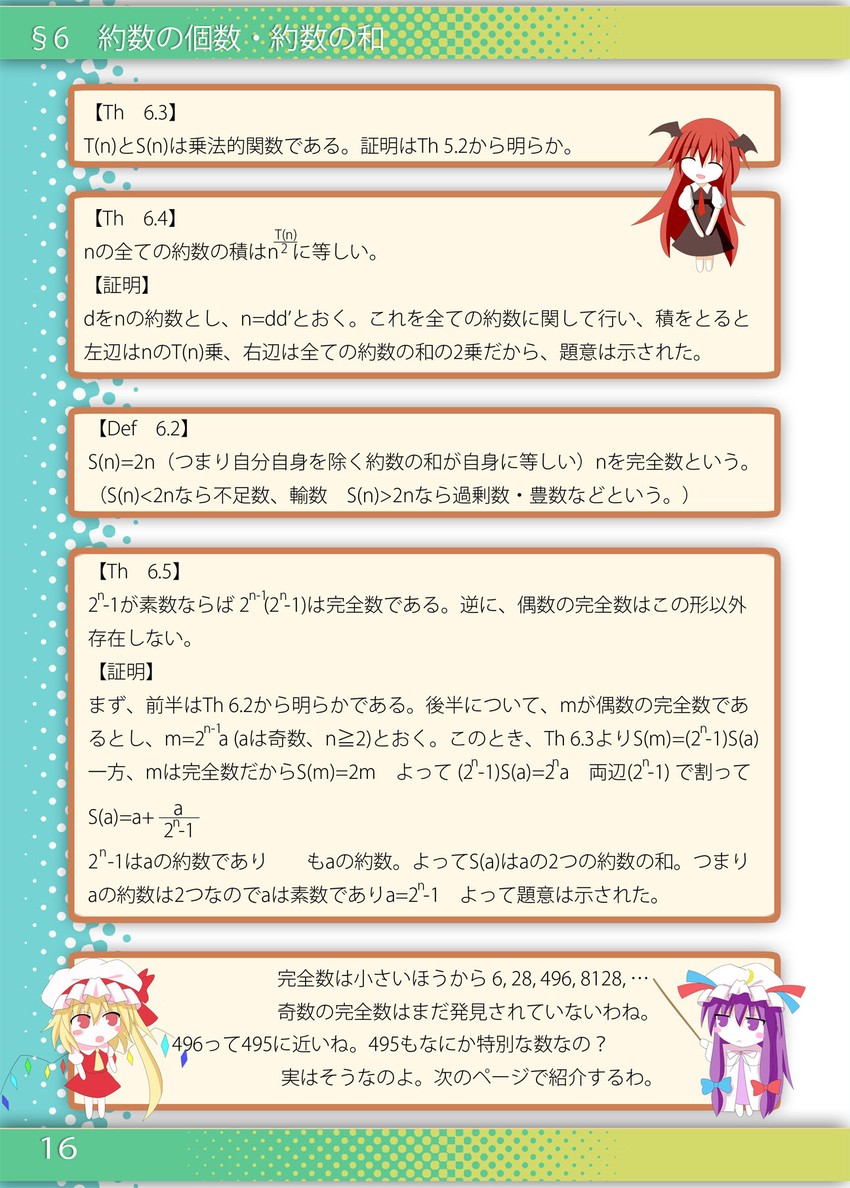Resized to 65% of original (view original)

Artist's commentary
例大祭新刊サンプル
例大祭8新刊のサンプルです。
表紙:pixiv #17173120 »
中身は、東方のキャラクターが大真面目に解説をしている数学書です。
誰得なのは気にしない方向で。

例大祭8新刊のサンプルです。
表紙:pixiv #17173120 »
中身は、東方のキャラクターが大真面目に解説をしている数学書です。
誰得なのは気にしない方向で。
Loading...
